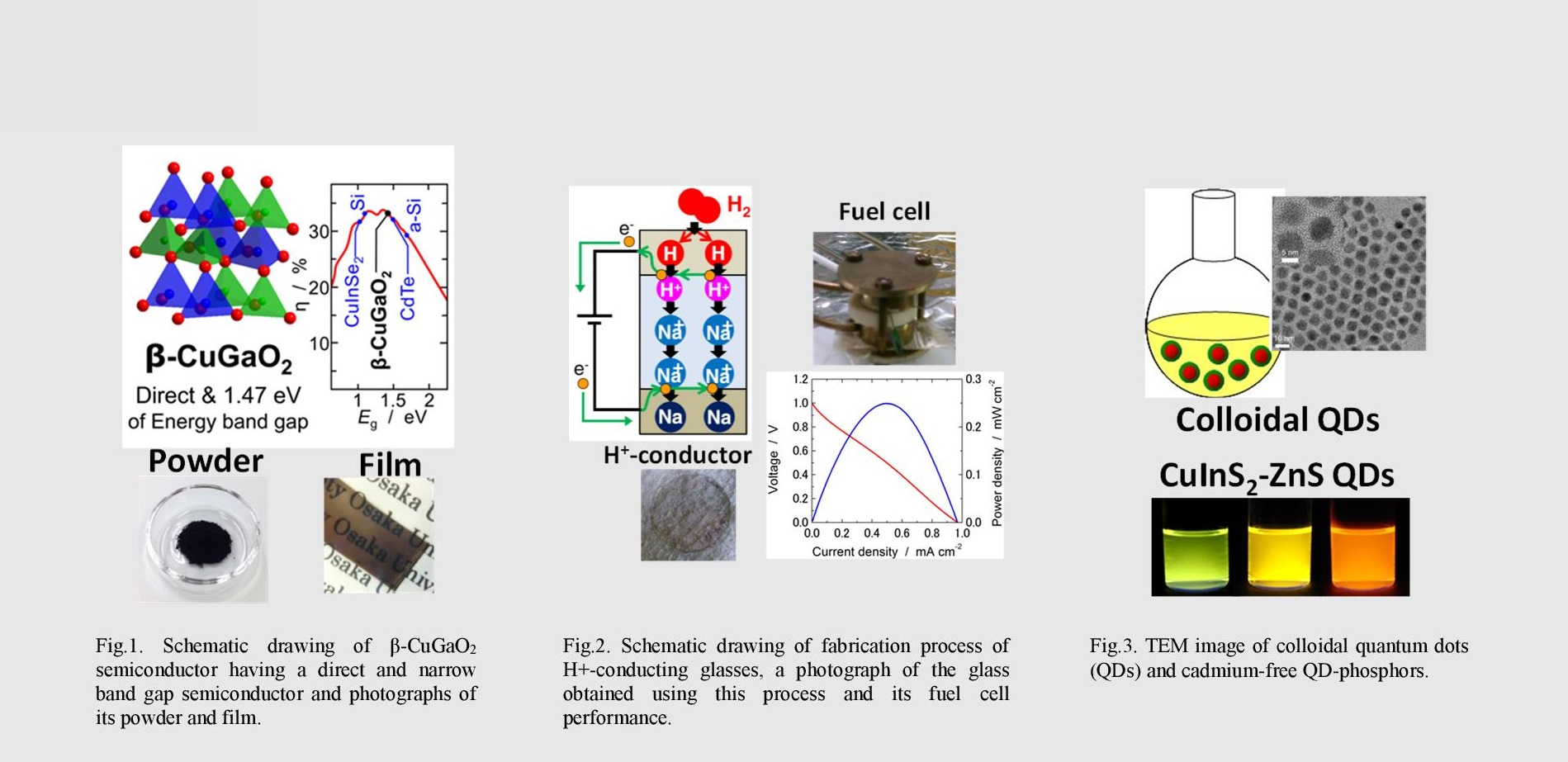
IMRAM
Institute of Multidisciplinary Research for Advanced Materials, Tohoku University
東北大学
多元物質科学研究所

LAST UPDATE 2021/05/07
-
研究者氏名
Researcher Name小俣孝久 Takahisa OMATA
教授 Professor -
所属
Affiliation東北大学 多元物質科学研究所
金属資源プロセス研究センター 原子空間制御プロセス研究分野
Institute of Multidisciplinary Research for Advanced Materials, Tohoku University
Center for Mineral Processing and Metallurgy, Atomic Site Control in Inorganic Materials -
研究キーワード
Research Keywords材料設計
トポタクティックイオン交換
プロトン伝導体
太陽電池光吸収層
Material Design
Topotactic Ion-Exchange
Proton Conductor
Solar Cell Absorber
- 研究テーマ
Research Subject -
イオン交換を利用したエネルギー変換材料の創製
Development of inorganic energy conversion materials using ion-exchange
研究の背景 Background of the Research
新たな機能材料の発見は、様々な技術や社会全体に大きな変革を引き起こす可能性を秘めています。現代社会におけるエネルギー問題も、それを解決できる機能材料がどこかに潜んでいるはずです。しかしながら、誰もが手に入れることのできる安定な物質は既に研究しつくされており、今後の材料開発においては、使用環境で実質的に安定な準安定物質とそれを創製するプロセスが重要となってきます。
Discovery of new functional materials has a potential to innovate technologies and social system. The materials that solve the present energy issues are hidden out somewhere. However, the common materials that consist of stable phase have already been much developed. In the future materials development, thermodynamically metastable materials that are practically stable under usage environment and their synthesis processes become more and more important.
研究の目標 Research Objective
望む機能を発現する準安定無機化合物の原子的なフレームワークをデザインし、前駆体化合物中の可動イオンの置換や挿入により、新しい機能材料を創製します。具体的には、太陽電池、燃料電池、および、ディスプレイに関連する新材料の提供を目指します。開発した材料を使用した環境調和型デバイスのプロトタイプを開発し、材料の持つポテンシャルを実証します。
We develop new functional materials by exchange or insertion of mobile ions in precursor materials, of which atomic framework is properly designed to exhibit required property. Special attention is paid to provide materials related to fuel cells, photovoltaics and displays. We also develop prototype environmentally-conscious devices using the materials developed in order to demonstrate their functions.
研究図Figures

論文発表 / Publications
J. Am. Chem. Soc. 136, 3378(2014). J. Mater. Chem. A 2, 3940(2014). Chem. Mater. 18, 3330(2006). Chem. Mater. 21, 2607(2009).
研究者連絡先 / HP
- takahisa.omata.c2
 tohoku.ac.jp
tohoku.ac.jp - http://www2.tagen.tohoku.ac.jp/lab/omata/